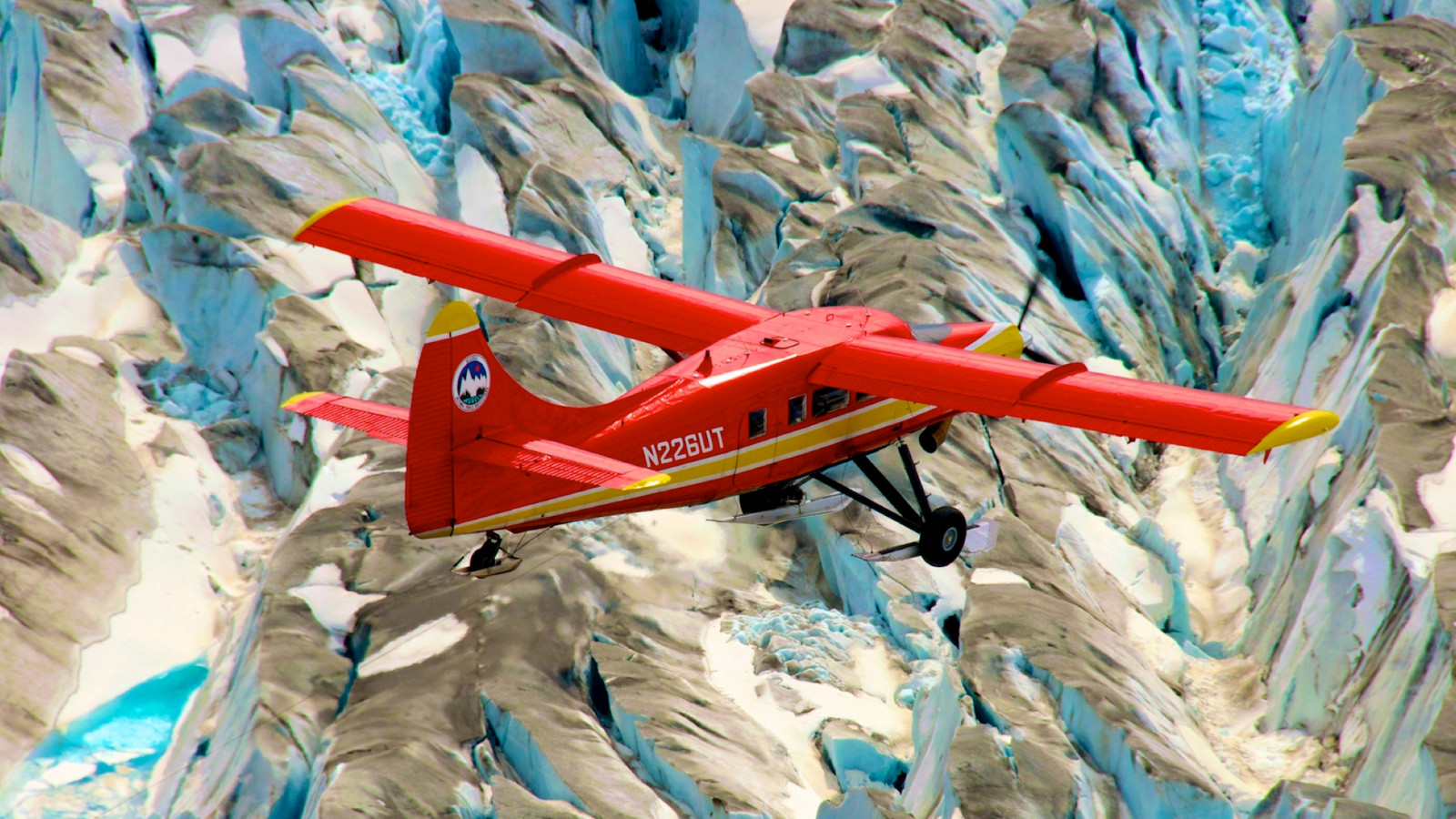Blog / May 6, 2020


Last month, the Arctic Observing Summit (AOS) came together to highlight the need for action and adaptation to changes facing Arctic ecosystems and to develop a Conference Statement and Call to Action. As the international forum providing community-driven, science-based guidance, the AOS is involved in the design, coordination, and long-term operation of an international network of Arctic observing systems. Through a series of in-depth discussions, online Summit aimed to improve the understanding of and response to system-scale Arctic change.
Through the coordination of and exchange of ideas and data among researchers, agencies, Indigenous persons, non-governmental organizations, the private sector and others, the AOS has undertaken sustainable (often decades long) observing activities. The Group on Earth Observations (GEO) has been supporting this work through the Sustaining Arctic Observing Network (SAON) and other activities, and was actively involved in the Summit.
A keynote presentation was delivered by the GEO Secretariat’s Senior Scientist, Douglas Cripe, to Summit participants. The keynote highlighted the convening power of GEO to foster openly shared data for the Arctic observing community and noted the benefits for the Artic communities from improved data collection and sharing. In response to food security challenges in Arctic communities, the presentation proposed the Group on Earth Observations (GEO) Global Agricultural Monitoring (GEOGLAM) Flagship as a model for using Earth observations (EO) in support of food security activities.
Watch the Keynote Presentation on YouTube here.
The GEO Secretariat also participated in a lively discussion with panelists that included representatives of the Arctic indigenous community and the European Commission’s Copernicus project to answer key questions related to the most pressing societal challenges that need to be addressed such as food security, disaster preparedness,and resilient communities in the Arctic. Suggestions for bringing together observations of different types, including community-based Indigenous Knowledge, remote sensing and others was highlighted and combining EO with indigenous knowledge in a co-design approach should be promoted.
Watch the panel discussion on YouTube here.
A newly prepared White Paper written by Douglas Cripe, GEO Secretariat and Ian Jarvis, Programme Director, GEOGLAM Secretariat, looks at the role of robust data sharing principles, and how they can enable openly available information and data for a wide range of Arctic observing communities. Through the GEO Data Sharing Principles, GEO recognizes that the benefits arising from Earth observations can only be fully achieved through the sharing of data, information, knowledge, products and services. GEO has therefore promoted these fundamental principles for data sharing, expanding the trend towards open data worldwide.
The paper also addresses the lack of coordination among EO-data sources, and gaps in spatial and temporal coverage in key agricultural areas and during important periods of the agricultural growing season. In addition, it reviews several challenges related to gaining access to these data, including the lack of connectivity, computational issues, data storage, and/or licensing. One of the core activities of GEOGLAM is the coordination of Earth observation data for food security that addresses these challenges. As such, when combined with a Ministerial mandate for the use of EO to support evidence-based decision making from the G20 to GEOGLAM, this approach could prove as a useful model for ensuring food security across the Arctic region and can help these communities better understand and adapt to change.
Thank you for your subscription to the GEO Week 2019 mailing list.